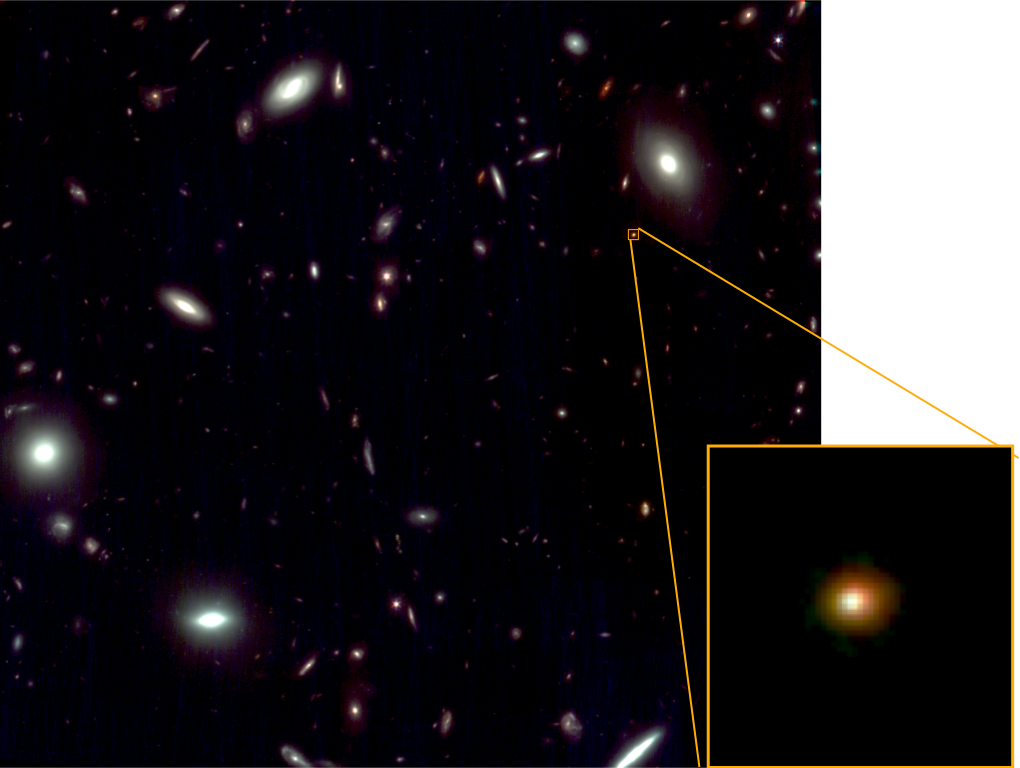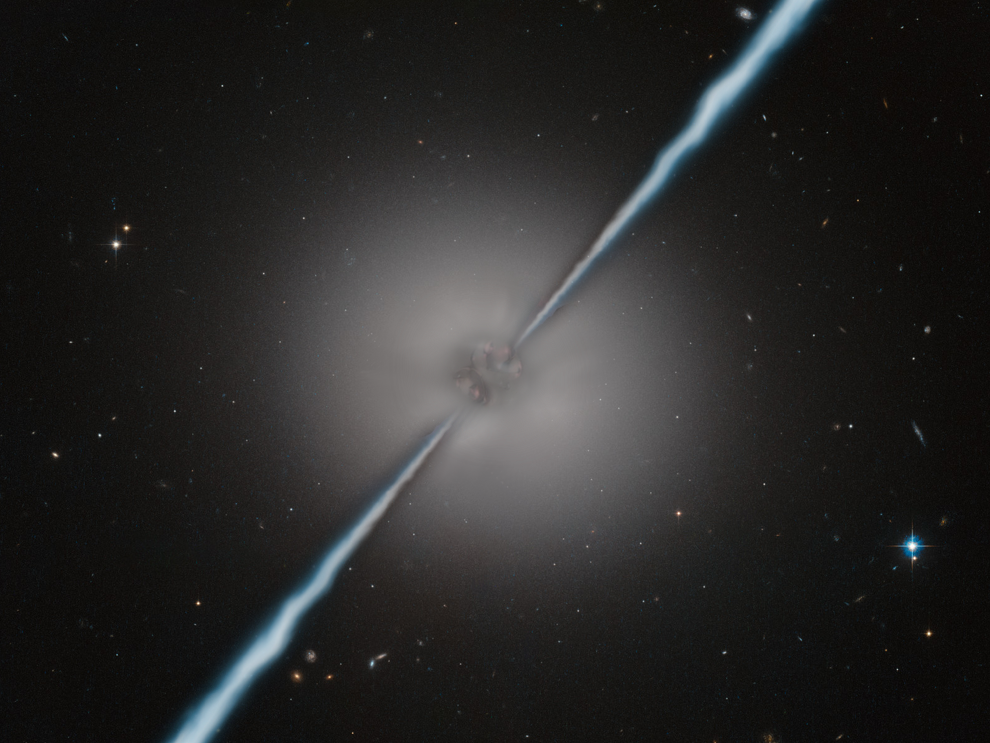▎ACHIEVEMENTS
James Webb Space Telescope Unveils the Mysteries of “Silent Galaxies”: Why Did They Stop Growing?
Galaxies are vast astronomical systems composed of billions or even trillions of stars. To astronomers and space scientists, galaxies are the fundamental building blocks of the universe. Our Earth and solar system are just a miniscule part of the Milky Way, one of countless galaxies in the cosmos. Throughout the universe’s 13.7 billion-year history, the first few billion years marked a golden age for galaxy formation when galaxies actively converted their gas reserves into new stars. However, recent discoveries have disclosed that some galaxies stopped growing as early as one billion years after the Big Bang—less than 10% of the universe’s current age. These “quiescent galaxies” have become a major mystery to astronomers: why did such galaxies suddenly cease growing so early?
Now, with data from the James Webb Space Telescope, Prof. Wu Po-Feng at National Taiwan University has uncovered the secret behind these galaxies’ early shutdown: their gas reserves were swiftly blown away by powerful forces generated within the galaxies.
In this groundbreaking study, Prof. Wu identified a quiescent galaxy approximately 12 billion light-years away, using the James Webb Space Telescope’s spectroscopic data. The light from this galaxy originated when the Universe was only 1.5 billion years old—around 10% of its current age. The findings revealed that the galaxy’s star formation rate dropped dramatically in a short period, and it almost entirely stopped growing. Additional data shows that the galaxy’s gas is being expelled at speeds exceeding 200 kilometers per second, depleting the essential raw material for star formation.
The study also suggests the presence of a supermassive black hole at the galaxy’s center. The immense energy released by the black hole could be driving the gas outflows, dispersing the fuel necessary for star formation into space. This discovery provides crucial evidence for understanding the mechanisms behind the rapid cessation of star formation as early as the first billion years of the Universe. It also lays a vital empirical foundation for developing theories about early cosmic evolution.
This galaxy is currently the most distant massive quiescent galaxy known to exhibit such powerful gas outflows. “With the unparalleled sensitivity of the James Webb Space Telescope, we are not just glimpsing the early Universe,” Prof. Wu explained. “We are beginning to decode the physical processes behind its evolution.” Prof. Wu plans to analyze similar galaxies to determine whether gas outflows are a widespread phenomenon. He aims to investigate whether the expelled gas might return to reignite star formation or whether it will permanently escape, altering the galaxy’s ultimate fate. These studies will deepen our understanding of how galaxies transform over time, ultimately shaping the structures we recognize today.

Target Galaxy in Study: A quiescent galaxy 12 billion years ago, expelling its gas reservoir. This is the most distant example of its kind discovered so far.

Supermassive Black Hole: An illustration of a supermassive black hole at the galaxy’s center, possibly driving the gas outflows.

